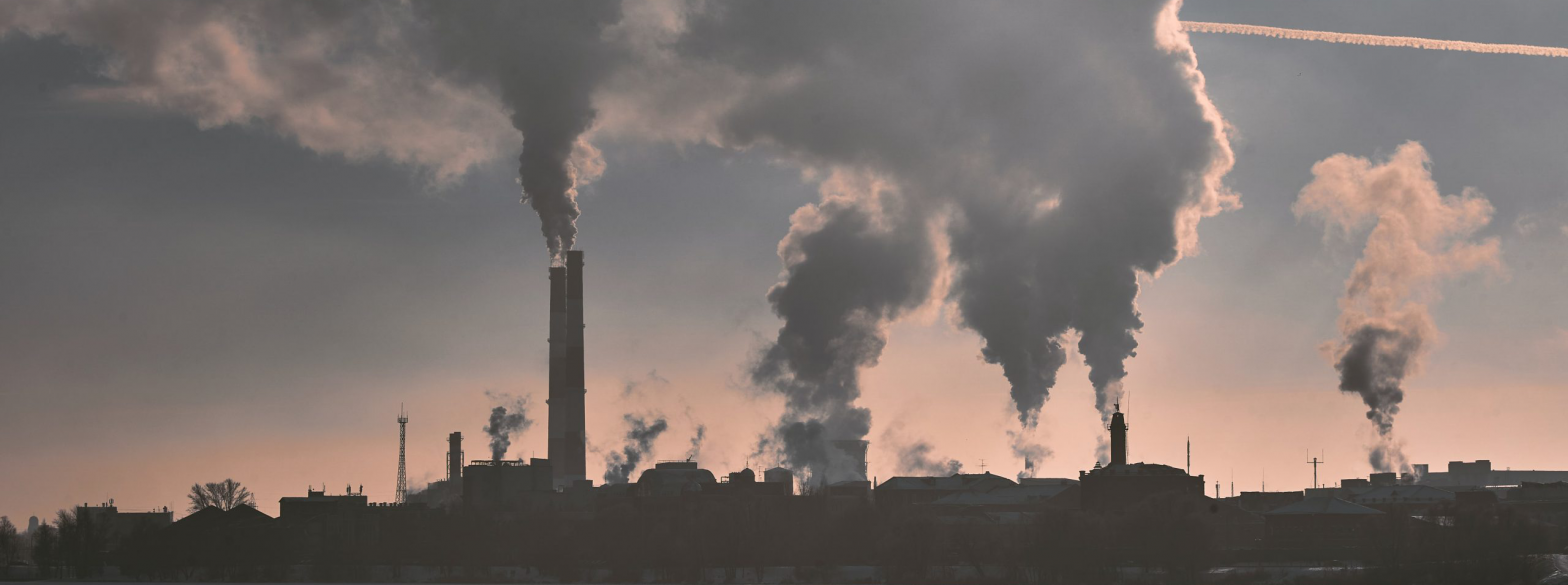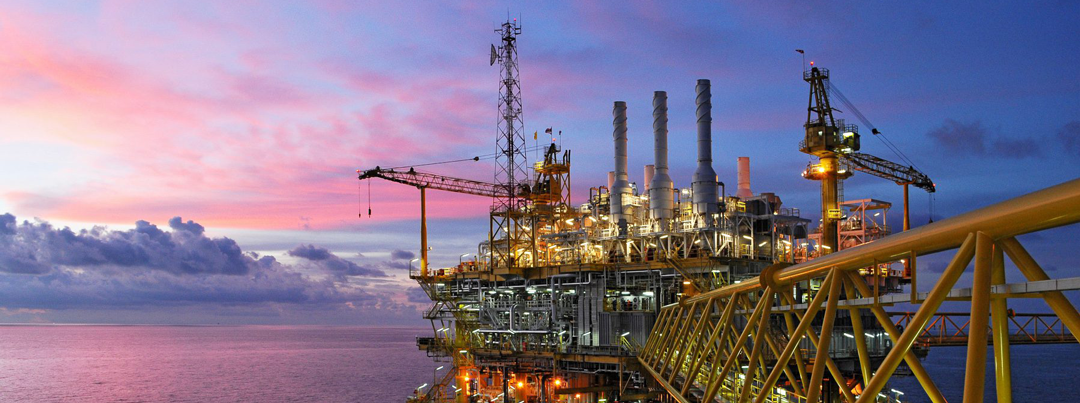We are at a critical juncture in the fight against climate change. At least, that is what Governments, marketers, and companies the world over tell us. But then why aren’t they talking about methane emissions?
Equating to a huge 7bn tonnes of CO2e a year in climate change terms , preventable methane emissions from the oil and gas sector present a significant opportunity to reduce emissions in the next 5 to 10 years, and speed us towards our climate change targets.
And there is a surprisingly simple solution on offer. According to the IEA, 75% of methane gas emissions can be technologically reduced by 2030, with 40% of this activity being cost-effective through increased returns to the producer due to the prevention of leaks.
The issue we face is therefore not one of technology but transparency. As it stands, there is no universally accepted way to measure and compare methane emissions. This, in turn, means that it is not currently possible to differentiate one producer from another based on their methane emissions performance.
That’s where MiQ comes in. We have developed a global solution for a global issue. A universally applicable, independently audited and verified standard will allow for differentiation within the market and provide the incentives producers need to improve their emissions performance.
MiQ’s certification assesses the methane emissions of every batch of gas, grading it from A to F. An A – grade represents very low methane emissions (<0.05%) while F represents up to 2%. Unsurprisingly, the current global average is an F-grade.
We believe MiQ’s transparency will incentivise individual producers and the market as a whole to move up the rankings. If up-take is consistent we estimate the industry could reach a C-grade or better (<0.2%) as early as 2030, resulting in a huge saving of 5.7 bn tonnes of CO2e.
The natural gas supply chain is by its very nature, global. Gas produced in one corner of the world is often consumed in another, transported across borders as LNG or in long pipelines.
This is why MiQ’s Certification flows with each batch of gas, up until the gas reaches its final destination in a consumption zone or distribution grid – giving buyers and regulators a credible assessment of the methane emissions of gas entering their consumption area – distribution grid or city gate.
At this point in the supply chain, the gas sees very low levels of leakage, with regulators (who are directly responsible for distributions grids) also playing an efficient and powerful role in addressing the remaining low methane emissions post-entry point.
MiQ Certification has been designed to ensure it can work alongside existing voluntary schemes and with future regulation. As we saw in the 1990s with regulation of ultra-low-sulphur diesel, clear standards when they get regulated create powerful market signals and thereby drive change.
Methane emissions from the oil and gas sector are a global problem. They require granular and pragmatic certification to be addressed, capable of tracking them through international pipelines and across borders.
Voluntary adoption of MiQ Certification began early this year, and as the differentiation grows within the market, we expect that this – and the resulting pressure from buyers – will incentivise producers to improve their performance. The transparency of the standard and the grading system enables producers to develop multi-year plans to drive their methane emissions down in a consistent way, ultimately preventing millions of tonnes of methane entering the atmosphere – bringing the climate targets promised by institutions across the globe firmly within our reach.



